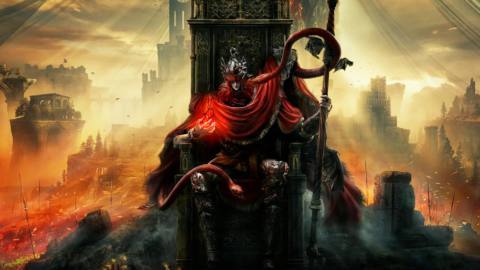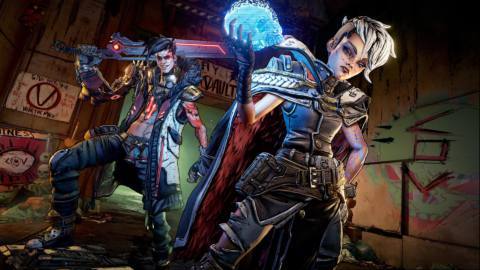
I think it’s fair to say Ninja Theory had quite a daunting task when it came to producing a sequel to 2017’s Hellblade: Senua’s Sacrifice. The original was rightly praised for its exploration of grief, trauma and mental illness, but how do you tell more of a story about a woman’s struggles with psychosis without seeming repetitive or worse, exploitative? The answer, it turns out, is you make Hellblade 2 – a game that is nothing short of phenomenal.
As you may remember, Hellblade: Senua’s Sacrifice concerns itself with Pictish warrior Senua, a woman living with psychosis as she struggles to come to terms with her mental illness, the stigma that separates her from her community, and the death of her lover Dillian at the hands of raiding Northmen. After an opening cinematic briefly outlining the above, Hellblade 2 picks up more or less where it left off. The Northmen have resumed their raids on Senua’s people and she has vowed to stop them. Allowing herself to be captured by slavers, she plans to assault the Northmen’s stronghold from within and put an end to the raids once and for all. Unfortunately for her the weather has different ideas, leaving Senua shipwrecked and defenceless in a hostile, foreign land. Bound by her vow, she has no choice but to push on.
This is a game about keeping a promise, in other words. Senua has assumed responsibility for a whole community of people – something that both weighs on her as a character and also shifts the narrative focus away from her slightly. Whereas Senua’s Sacrifice is firmly set around Senua and the various traumatic events she’s trying to process, Hellblade 2 is much more about the people she meets: those she saves and those she can’t, those she trusts and those she fears, and how she navigates those relationships. It’s less a game about somebody battling mental illness and more about somebody who happens to have a mental condition going on a great and dangerous journey.






